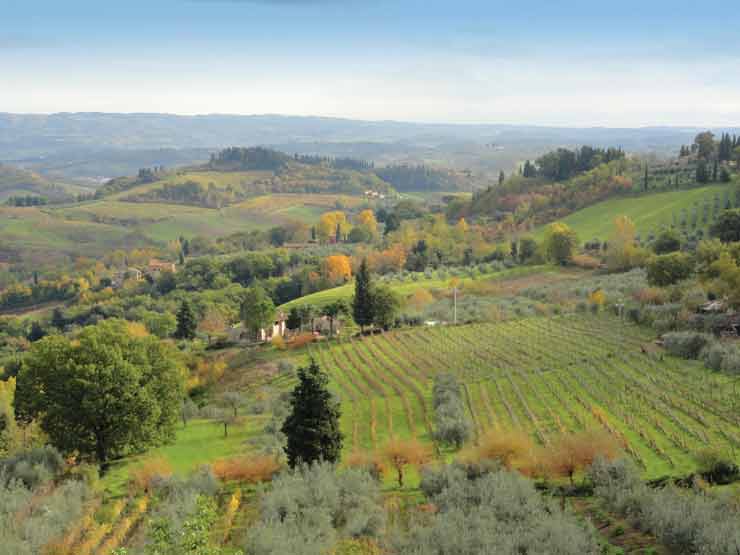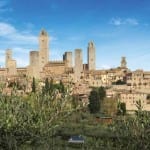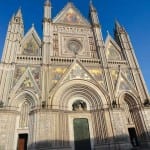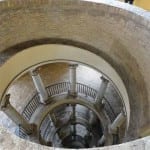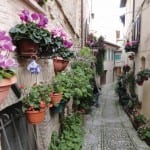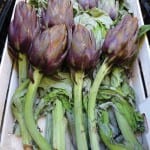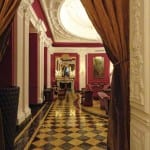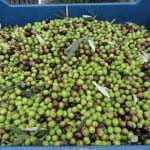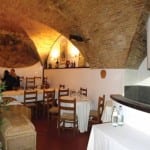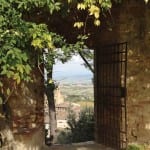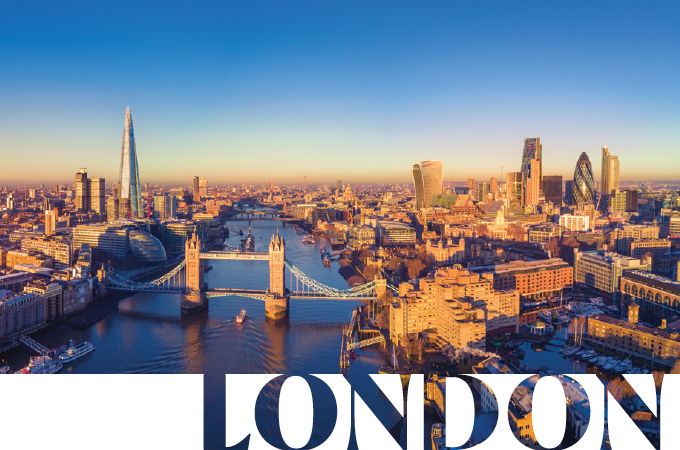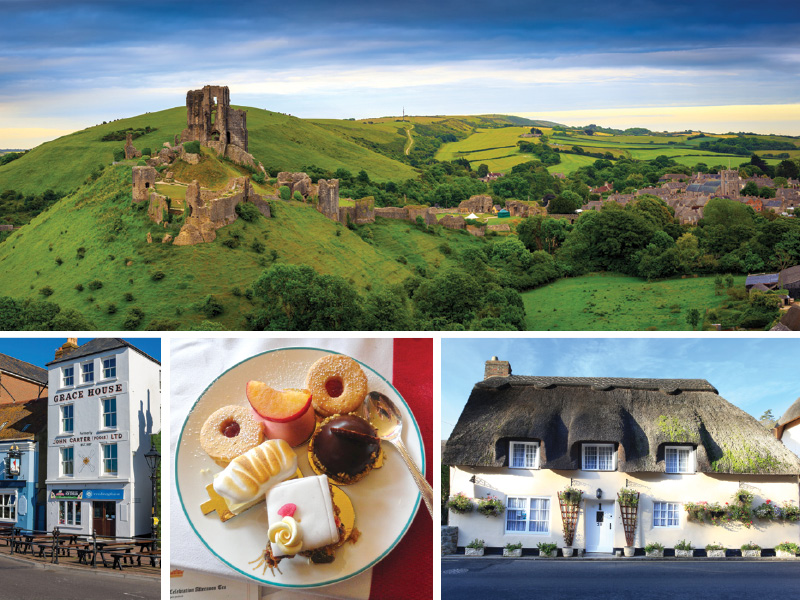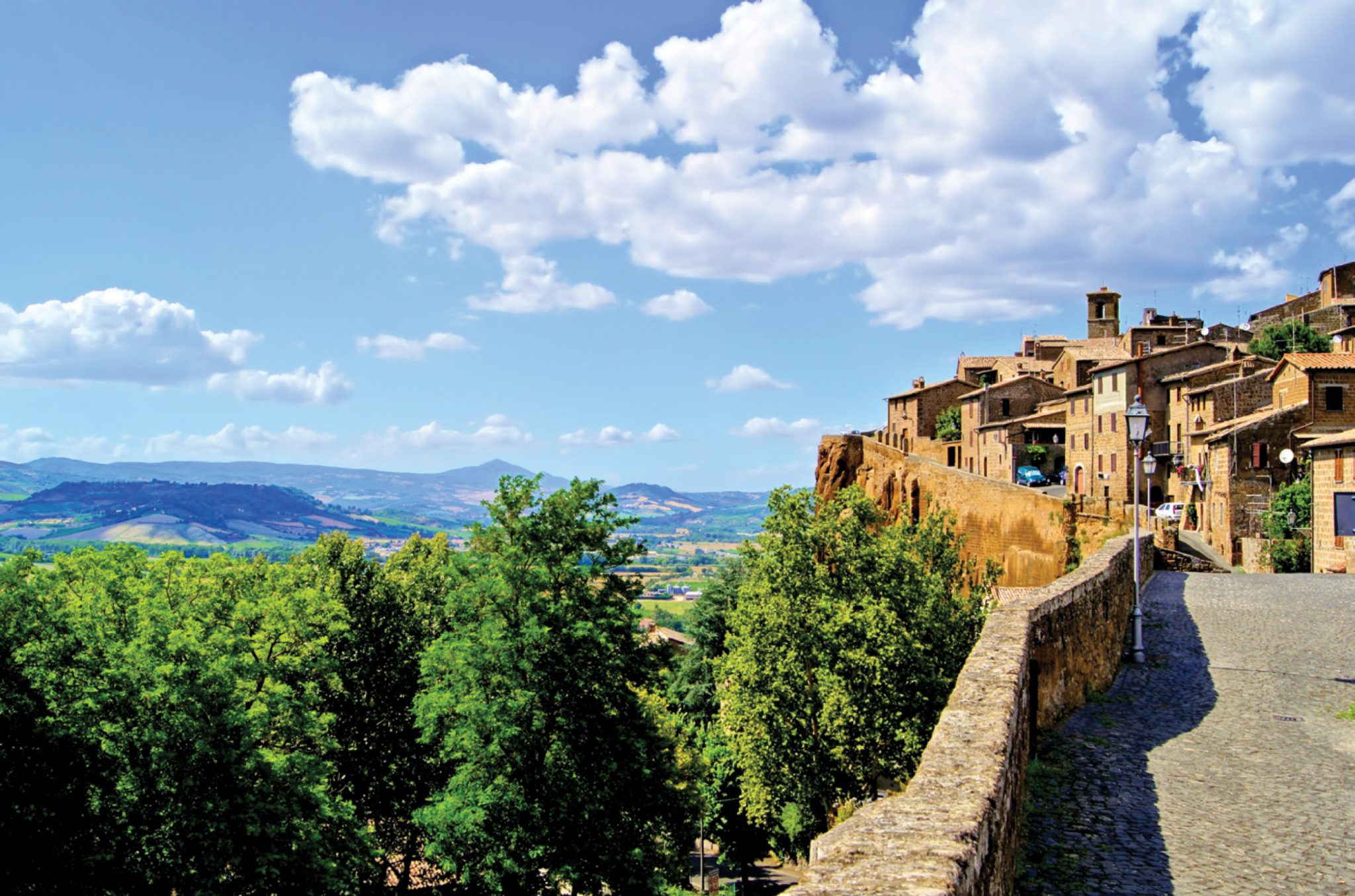True, most seasoned travelers have already been to Italy. But I don’t know many who have seen olives pressed into oil and tasted it minutes later, on bread grilled over an open flame. Or who have lunched with a marquis and visited his library, where yellowed ledgers document 24 generations of his family’s land transactions, some with neighbors named Machiavelli, Pucci and Vespucci (yes, that Machiavelli, Pucci and Vespucci).
That kind of personal involvement with people and their culture is what Insight Vacations is going for—and what a group of journalists experienced firsthand on a recent ‘Country Roads of Italy’ coach tour. We saw what the company means by “engaging people the way they want to be engaged.” Who wouldn’t want to visit the little gems between big cities—places like Cortona, Spello and Fonterutoli—where one might chat with a shopkeeper on a winding cobblestoned street or watch the family nonna grill meat at a restaurant’s wood-burning oven?
Our group started in Rome and ended in Venice, but just about everything in between fell into the category of ‘off the beaten track.’ All travel writers, we hailed from such far-flung spots as New Zealand, Australia, Singapore, South Africa and the U.S.—and despite our mutual decades of destinations, we were impressed. We met chefs, olive oil millers, wine producers, salumeria owners, glass blowers, gondola artisans, gelato makers, even a Ferrari expert, which cumulatively left us with a sense of understanding the country, not simply touring it.
And while our activities were earthy, our accommodations decidedly were not. At each place, we stayed in four- and five-star properties, a mix of countryside villas and posh hotels, all centrally located so you could step outside your door and walk right into the heart of things. Not that we had a lot of extra time. Our tour director—an Australian ex-pat named Belinda who lives in Italy with her husband and their 80 olive trees—really kept things moving. Additionally, local guides took over in each town, to provide the kind of anecdotal insights only a native can deliver. (Did you know that Francis of Assisi’s given name was Giovanni? Or that Tuscany derives from the word ‘Etruscan’?)
Our first stop after Rome was Orvieto, founded by the Etruscans 3,000 years ago, where you can still see the remnants of a necropolis (city of the buried), built there because they believed in an afterlife. And this being Italy, you should expect every stop to be the site of a miracle, a sainthood or some other monumental event in religious history. Orvieto is where the Miracle of Bolsena occurred, when in 1263, the legend goes, a priest who questioned transubstantiation bit into a wafer only to watch blood pour out. Pope Urban IV declared it a miracle the next year, launching the Church Feast of Corpus Christi, which occurs 40 days after Easter. A grand cathedral was built in Orvieto to replace the tiny church originally on that site. (And, of course, to encourage the Middle Ages version of tourism, the pilgrimage).
Considered the finest example of Italian Gothic architecture, the imposing cathedral, which served as a Papal seat equal to Rome during the Middle Ages, has a gilded façade covered with mosaics. The sides and the interior are stripes of pink and cream marble, reflecting Moorish influences. Frescoes inside are the work of Luca Signorelli, whose evocative human depictions predated Michelangelo’s by 30 years.
Nothing builds an appetite like a tour guide’s detailed praise of ‘black gold’ (truffles) and ‘green gold’ (olive oil), both indigenous to the region and, as it was November, harvested recently. So we were whisked off for lunch with Lorenzo the Etruscan Chef. The bilingual Lorenzo greeted us at his Ristorante Zeppelin, where he trains budding American chefs on the finer points of things like porchetta (the regional roast pork delicacy) and pasta fresca (fresh pasta). He whipped up dough with 2.5 pounds flour, salt and 13 eggs (seven, if you’re using goose eggs, like his nonna did). Then he rolled it with the traditional mattarello, a long, narrow rolling pin.
After effortlessly creating an elastic, 6-foot pancake, he sliced it into tagliolini, tagliatelle and pappardelle with the showmanship of P.T. Barnum. The cooked strands—simply adorned by olive oil and truffles—became our lunch (along with antipasti platters of prosciutto, grana padano (the local hard cheese), olives, focaccia and fresh basil. Orvieto Classico (the local wine) added to the merry mood, proving the local wisdom: Orvieto may be the land of Popes, but Orvieto Classico is the Pope of wines.
Waddling back to the coach, we returned to our hotel in nearby Perugia, the Umbrian Pompeii. Remarkably, today’s bustling college town is built atop an older incarnation, much of which is preserved in a series of underground rooms and passageways. Modern-day Perugia has a population of 80,000 (30,000 of them students) and is home to the University of Perugia and to the largest Italian language and culture school, the University for Foreigners. But its recent notoriety comes from former student Amanda Knox and her sensational trial (in which our local guide, Marco, had some translating duties).
Perugia is a perfect place to wander around the old city on a still Sunday morning, sit at a café in the square and gaze right into the Middle Ages. The main avenue, Corso Vannucci, is a wide promenade open only to foot traffic. The Galleria Nazionale is here, a proud reminder that this was home to art luminaries like Pietro Vannucci (popularly called Perugino), Pinturicchio and Raphael. If you prefer crowds, come here during the evening passeggiate, when locals are out for an evening stroll—a widespread tradition, since most Italians live in apartments with no yards.
We entered one of the holiest places in Christendom the next day: Assisi, with its footpath for pilgrims coming to see where the patron saint of Italy was born and buried. Everywhere you turn, monks from the Franciscan order stroll in their long robes and belts with three knots representing chastity, poverty and obedience. A vision of pink and cream limestone, Assisi is surrounded by 4 km. of walls that date to 1314—yet are still called ‘the new walls.’ Of the many gates into the city, the first dates to Roman times, the second to 1260.
Stopping in Assisi’s ‘little sister,’ Spello, we had another of what Insight Vacations calls ‘signature experiences’: watching olives transform into oil at a family frantoio (olive mill). That’s where local growers like our tour director bring their olives to be pressed. Once you see and smell this, you gain a new appreciation for premium EVOO—and an understanding of what ‘first cold press’ means on your olive oil bottle at home. The oil is ‘pressed’ through several layers of fiscoli, or filters, to extract luscious, lime-green oil, which was promptly drizzled on bread, sprinkled with sea salt and served to us.
Several other stops followed: Cortona, where Frances Mayes wrote Under the Tuscan Sun; Fonterutoli, where Marquis Mazzei showed us his family winery and the underground spring that feeds it; San Gimignano, with its 12thcentury streets and ‘the best gelato in the world’; Bologna, home of pasta Bolognese (which, of course, we sampled liberally); and Venice, where we drank Bellinis at Harry’s Bar, just like Ernest Hemingway.
After a week in Italy, we returned home with a greater appreciation for the flavors of cold-press olive oil and handmade pasta, the beauty of a single wine glass blown into a delicate masterpiece, the meticulous truffle search underneath centuries-old oak trees—and all the other things that have to do with the cultural identity of a people and their place. Mission accomplished: this was definitely more than a tour, and more than a guided vacation, too. It was a way to connect with a culture.
stay>>
Insight Vacations (insightvacations.com) uses four or five-star hotels, all in central locations. We stayed at Regina Hotel Baglioni on Via Veneto in Rome; Hotel Sangallo near the escalator to Corso Vannucci; in Perugia; Borgo San Luigi in Tuscany; The Bauers, a few blocks from Piazza San Marco in Venice. Country Roads of Italy tour prices are about $276 per person per day, inclusive of hotel, guides, tips, porterage and most meals.
tips>>
Wear very sensible shoes: walkways are bumpy, and random stairs of various rises are everywhere. In the big cities, keep your purse close at all times, and instead of hauling out your wallet, keep a few euros easily accessible for purchases from street vendors. For a more personal experience, consider going during off-season, when fewer tourists are around.
eat>>
This is the land of great, but simple, food. Take every opportunity to enjoy truffles, olive oil, porcini mushrooms , olives, wines, balsamico, cheeses, porchetta, wild boar, prosciutto, gelato and all the other magnificent foods Italy is revered for. Here, mom-and- pop places are just as good, if not better, than fancy restaurants. Be forewarned: Most meals are at least three courses.
shop>>
Don’t pass up the things you want; you may not see them again. Street hawkers in the bigger cities are annoying, but the scarves they sell (while not made in Italy) are beautiful and very good buys. Bring home olive oil, truffles and wine. Tuscany has amazing leather goods—and it doesn’t have to be Prada to be a beautiful and treasured memento. Umbria is known for colorfully painted ceramics, Venice, for gorgeous painted glass. And wooden Pinocchios are everywhere—a fond recollection of the old Italian carpenter and his would-be boy.
By Dorothy Weiner
Photos by Dorothy Weiner





